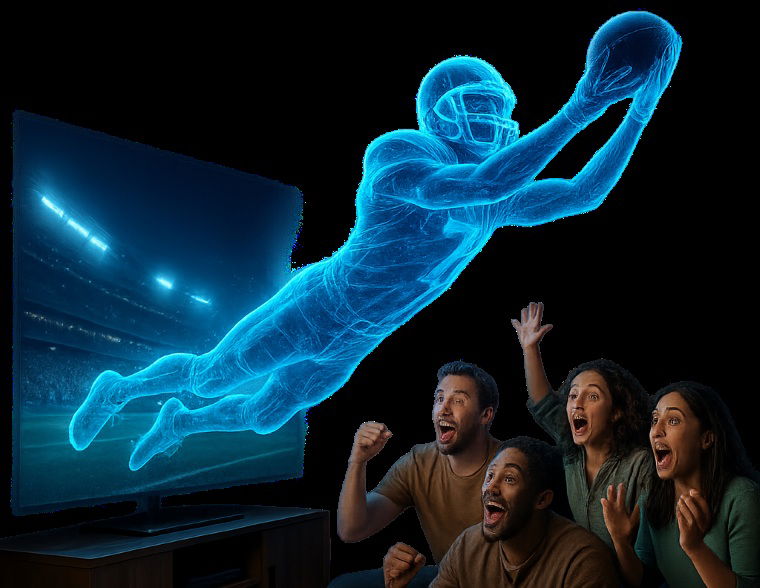Beleve Vision has unveiled its Portalgraph headset-free immersive display technology, which the company says can instantly turn any screen into an interactive 3D VR display.
Unlike VR headsets that isolate the user from their immediate surroundings, Portalgraph operates in the real world, allowing the viewer to interact simultaneously with the display, the environment, and even other viewers.
The award-winning virtual reality (VR) display company behind this potentially revolutionary technology said they are already working with the entertainment and gaming industries to create customized Portalgraph content. This includes developing and testing new tools, cameras, and software that enable users to watch movies, concerts, and sporting events in a fully immersive VR format without isolating the viewer from their immediate environment.
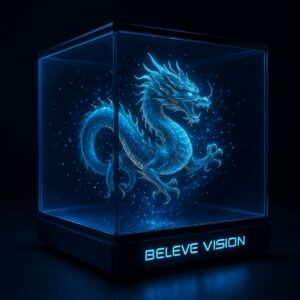 Portalgraph turns ordinary trade show displays into 3D Virtual displays. Image credit: Beleve Vision.
Portalgraph turns ordinary trade show displays into 3D Virtual displays. Image credit: Beleve Vision.
“Portalgraph blends the magic of 3D worlds with the comfort of your living room,” said Joe Wallace, Founder of Beleve Vision. “By removing the headset, we’re making immersive technology accessible to everyone, not just gamers.”
In an email to The Debrief, Beleve Vision’s Chief Product Officer, Leon Sievers, noted that one of the benefits of Portalgraph is that consumers don’t need to purchase specialized hardware or equipment. Instead, it is designed to integrate with conventional displays such as a projector, an LED TV, or even a standard computer monitor.
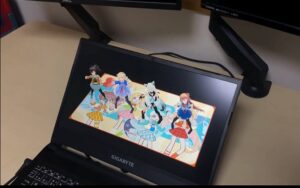 Actual image of Portalgraph turning an ordinary screen into a 3D VR display. Image credit: Beleve Vision.
Actual image of Portalgraph turning an ordinary screen into a 3D VR display. Image credit: Beleve Vision.
“By processing the visual data in a new way, Portalgraph can deliver a multi-dimensional effect on devices people already own,” Sievers explained. “This means that the barrier to entry is extremely low, and users can begin experiencing headset-free immersive media without any major investment in new equipment.”
“Portalgraph represents the next step in immersive media: making it simple, inclusive, and available to anyone with a screen,” he added.
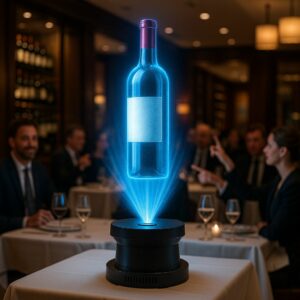 Portalgraph can offer retailers and service providers a unique VR display. Image credit: Beleve Vision.
Portalgraph can offer retailers and service providers a unique VR display. Image credit: Beleve Vision.
The Beleve Vision team suggests several “use cases” for their technology by turning stages into immersive 3D worlds, visible from every seat.” For example, they note that Portalgraph turns films and television shows into walk-through “in-world” experiences that currently only exist in science fiction. When adapted to sports programming, the team says, “matches can be projected in 3D with interactive replays and audience tracking.”
These advantages have won Portalgraph several awards, including the TGS Audience Award Grand Prix, the XR Creative Award, and the Best Technological Game Award. The company says their tech has also “wowed audiences” at CES 2024/2025, the Tokyo Game Show, and INTERBEE IGNITION. Unlike other prospective VR technologies, Sievers said their headset-free system is available “right now,” noting that “Portalgraph’s technology is already available, and we are in the early stages of introducing it to the market.”
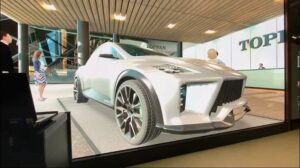 Beleve Vision has won several industry awards with its headset-free Portalgraph 3D VR display
Beleve Vision has won several industry awards with its headset-free Portalgraph 3D VR display
When asked about the future of the company’s technology, including plans to improve the Portalgraph experience, Sievers told The Debrief that competitors are already making efforts to introduce new entertainment options for VR headsets. However, he also notes that the technology’s “bulky” nature has limited adoption.
“By shifting the immersive experience onto everyday screens, we’re removing one of the biggest obstacles that has limited mainstream adoption of VR technology,” the company executive explained.
Moving forward, the Beleve Vision is already working with content creators to offer specialized programming that offers an even more immersive experience than currently available. Sievers told The Debrief the company is also engaging directly with content creators and “empowering them to experiment with the platform and build a library of experiences.”
“Our roadmap includes launching a Roku channel, which will serve as an accessible hub where creators can host and share their Portalgraph-enabled content with the public,” he explained. “This ensures that, very soon, anyone with a standard TV at home will be able to access headset-free immersive experiences as easily as streaming their favorite show.”
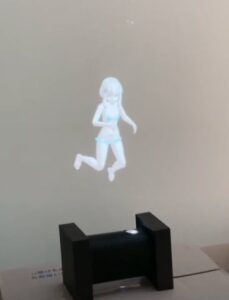 Image credit: Beleve Vision.
Image credit: Beleve Vision.
Although the system works with current tech, the company executive said they are also actively exploring partnerships with content creators, broadcasters, and production companies who are “experimenting with advanced camera systems,” that could further improve the technology’s ability to adapt to specially designed, customized content.
“Today, Portalgraph works exceptionally well with existing media formats, but we see lots of opportunity in creating purpose-built content that maximizes the immersive experience,” Sievers explained. “In the future, we envision movies, concerts, and live sporting events being produced with Portalgraph in mind – offering viewers an entirely new way to feel present in the action,”
Concurrently with their entertainment goals, the company is working with the gaming industry to integrate its technology into upcoming VR gaming titles. Sievers told The Debrief that this effort includes the development of a standalone platform that extends beyond the company’s current Unity gaming platform, “making it easier for studios and creators to deliver Portalgraph-enabled content to audiences everywhere.”
Christopher Plain is a Science Fiction and Fantasy novelist and Head Science Writer at The Debrief. Follow and connect with him on X, learn about his books at plainfiction.com, or email him directly at christopher@thedebrief.org.

